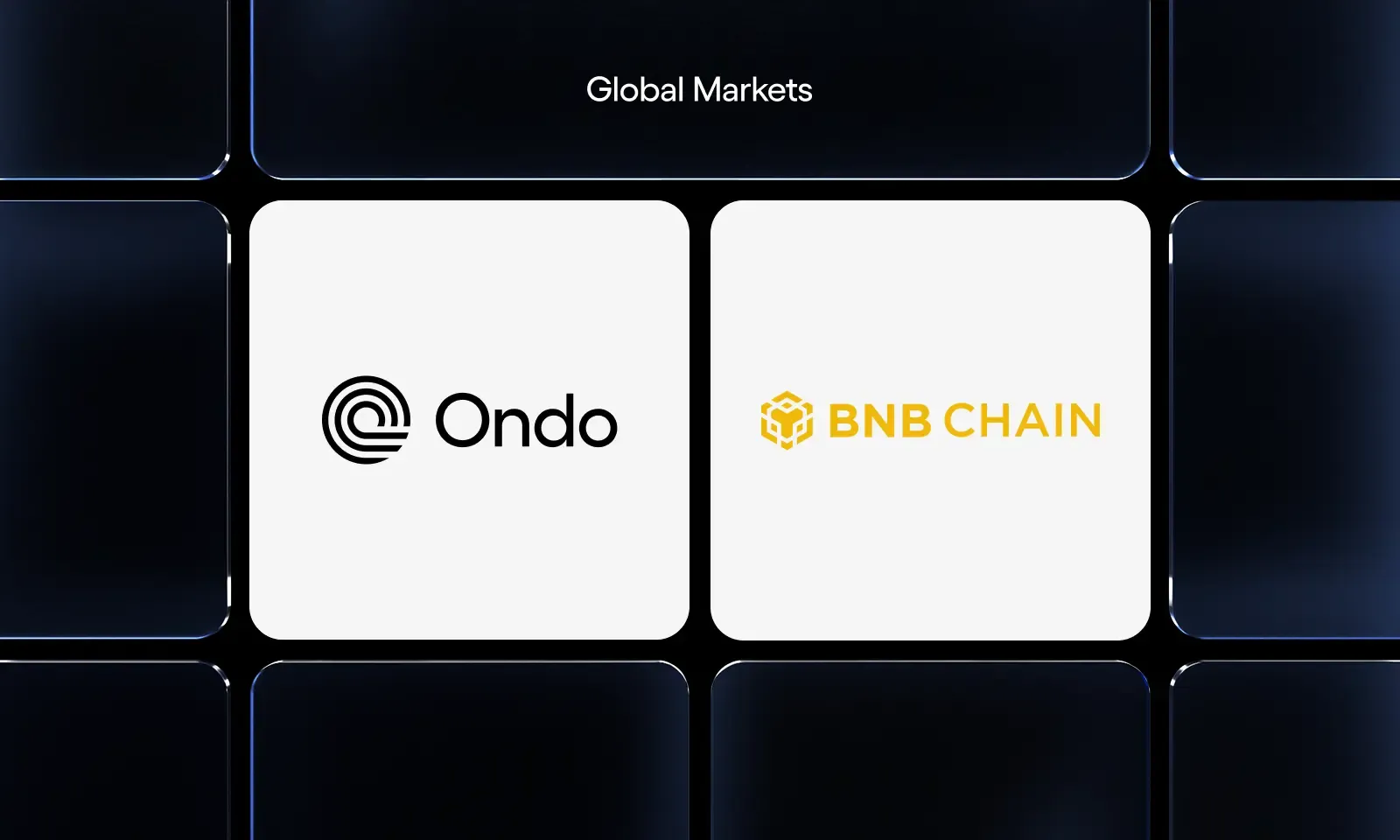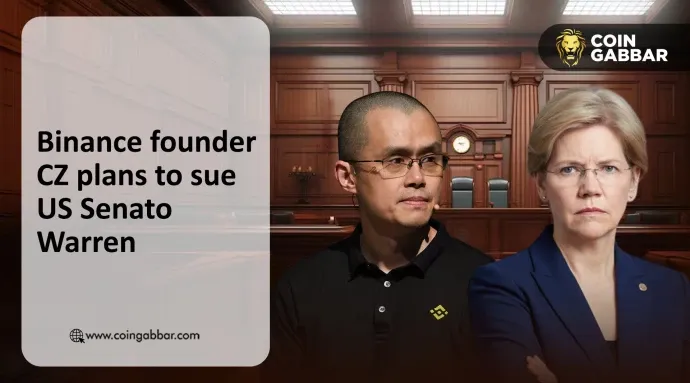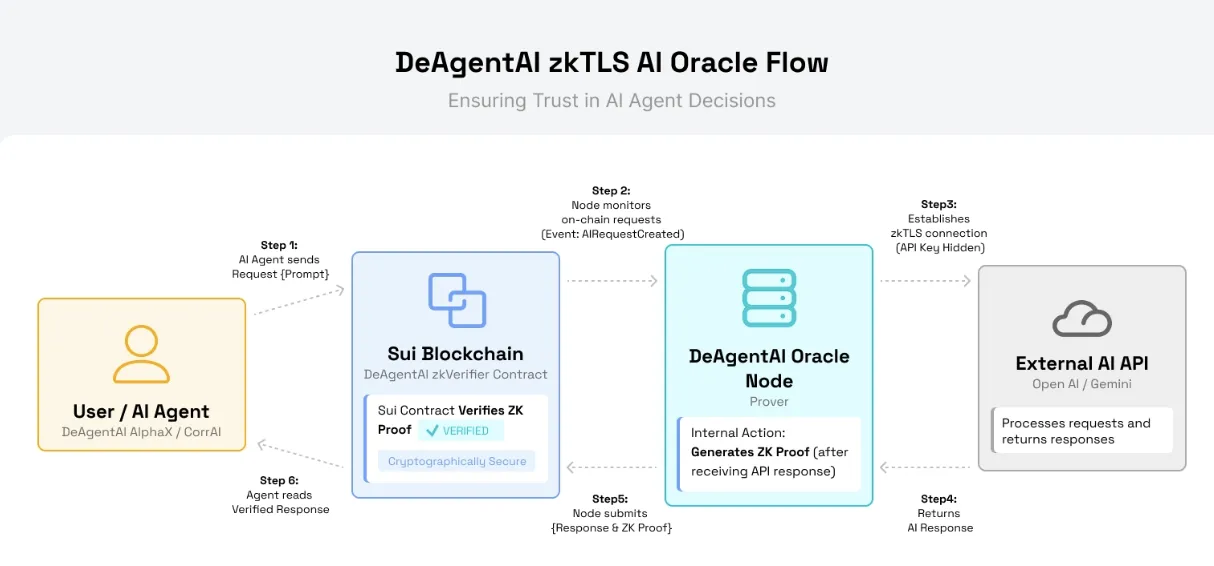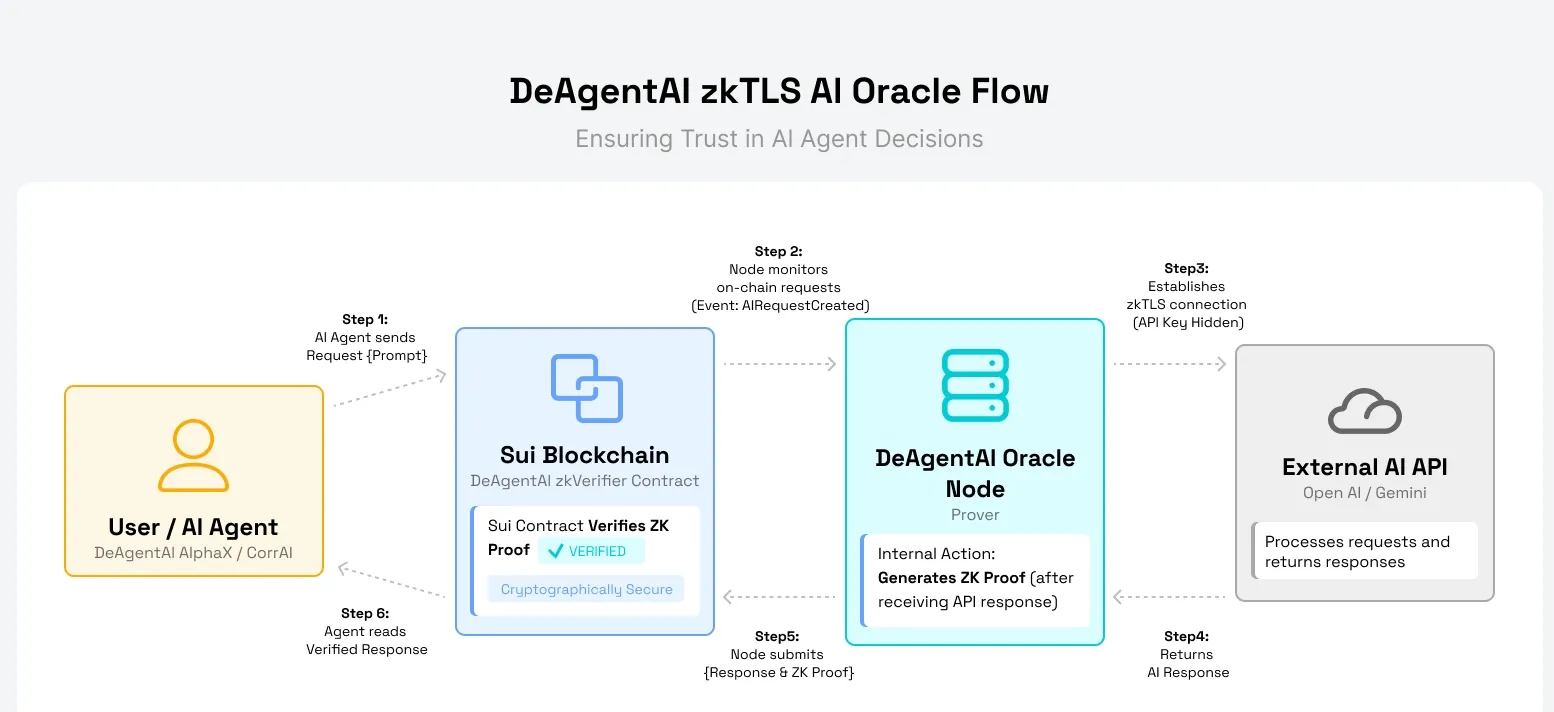Guest: Jacob Robert Steeves, Founder of Bittensor
Interview: zhou & chilli, ChainCatcher
In recent years, decentralized artificial intelligence has emerged as a cutting-edge field at the intersection of blockchain and AI technology, attracting the attention of the global tech community. Bittensor (TAO), as an open-source protocol, applies a Bitcoin-like "mining incentive" mechanism to AI computation, organizing various subnets and suppliers on the blockchain to compete and earn rewards based on their contributions.
According to CoinGecko data, the Bittensor token TAO was launched in October 2024, and as of the time of writing, its price is $423, with a market capitalization of approximately $4 billion, ranking 42nd among cryptocurrencies. Recently, the US-listed company TAO Synergies Inc. announced the completion of a $11 million private placement, with investors including TAO strategy advisor James Altucher and Grayscale's parent company DCG.
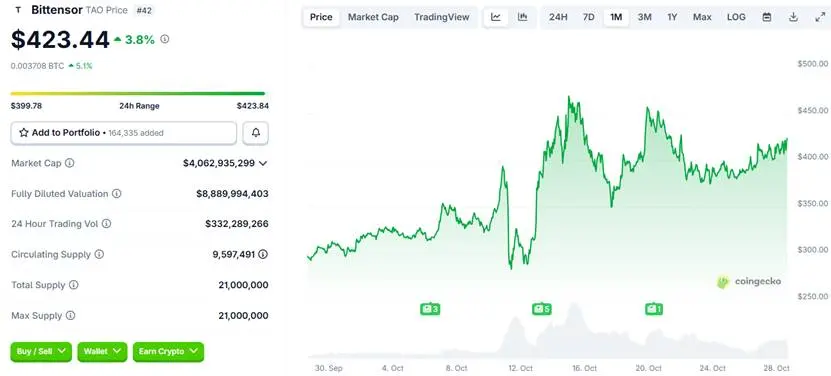
In this special interview with ChainCatcher, we are fortunate to have a conversation with Bittensor founder Jacob, delving into his technical vision, his journey from Google to entrepreneurship, and how Bittensor aims to break the barriers of traditional AI through "incentive computing."
From Google to Decentralized AI: Bittensor Applies Mining to AI
ChainCatcher: In recent months, we have noticed that Bittensor (TAO) has sparked strong interest in the US and is rapidly gaining traction in the Asian community. We hope this conversation will help more readers understand Bittensor and your thoughts on the future of "decentralized AI." Let's start with your background. Many readers know you worked as a software engineer at Google; why did you leave Google to start your own venture? What was the most impactful experience during that time?
Jacob: I studied mathematics and computer science at Simon Fraser University in Vancouver, Canada. After graduation, I worked for a DARPA contractor on brain-machine interface chips. My mentor, who was also the company founder, was an early supporter of Bitcoin. He introduced me to concepts like "energy/thermodynamic computing" and helped me truly understand Bitcoin.
Since 2015, I have been deeply involved in both Bitcoin and AI. These two areas naturally align because the core of AI is the study of feedback loops (backpropagation, genetic algorithms, reinforcement learning, etc.), while Bitcoin is the first programmable economic feedback loop. After that, I joined Google as a machine learning engineer and developed Bittensor in my spare time until I decided to commit full-time to Bittensor in 2018, launching the mainnet in 2021.
At Google, I witnessed the publication of the paper "Attention Is All You Need" (Transformer), which propelled the exponential development of large models like GPT. I also learned a lot about distributed machine learning practices from the frontline team, such as parameter servers, model parallelism, and data parallelism—these experiences were crucial for building Bittensor's computational architecture later on.
ChainCatcher: Before we continue, could you briefly introduce Bittensor?
Jacob: Of course. Bittensor is an open protocol that applies a Bitcoin-like mining mechanism to AI: we use programmable economic incentives to organize decentralized computing power, models, data, and applications into a fair market. Bittensor is a blockchain with a native token, TAO, running about 128 subnets that compete collaboratively around different tasks such as inference, training, reinforcement learning, code agents, storage, and prediction/trading signals. AI is fundamentally a computational problem; Bitcoin has already proven that "incentives + competition" can effectively coordinate distributed resources, and we are simply migrating this set of primitives to intelligent production.
From the user's perspective, developers can initiate or join subnets, contribute models and computing power, and continuously receive incentives based on their performance; demand-side users can purchase services such as inference, computing power, AutoML, or prediction signals through the network. In simple terms, Bittensor transforms the paradigm of "miners—rewards—consensus" into "useful AI supply—market rewards—network consensus."
Engaging Chinese Developers: The Strongest Competitive Soil and New Supply Sources
ChainCatcher: Is this your first time in China? Why did you choose to come to China for a tour at this time?
Jacob: Yes, it is my first time. I currently live in Peru and have not done an overseas tour before; this time I specifically came to China to talk about Bittensor. First of all, Bittensor applies Bitcoin mining to AI, and China is one of the fastest-growing and possibly the most powerful countries in the global AI field; when Bitcoin mining was legal, China's share of computing power exceeded 50%, and it still produces 90% of the world's chips today.
I have great respect for China's technical strength in building these networks and hope more Chinese developers can participate in the construction of the Bittensor network to help us scale the network.
Bittensor is a decentralized, permissionless, and transparent open network where anyone can participate fairly, which serves as a meaningful hedge against the currently highly centralized AI infrastructure. We have already demonstrated feasibility in some areas: introducing GPU resources and model services into the market through subnets, competing with centralized solutions in terms of price and efficiency. The goal of coming to China is to integrate these pathways into a larger developer ecosystem.
ChainCatcher: What key messages do you hope to convey to Asian developers and investors during this trip? Are there any Chinese projects or communities that have impressed you?
Jacob: Yes. We often hear a saying in Bittensor: when Chinese miners enter a subnet, competition immediately becomes much more intense, to the point where many original participants choose to exit—this is entirely expected because the level of competition in China is indeed astonishing. Starting from the organization and training methods in universities, you are one of the most competitive groups in the world, so I believe China and Bittensor are a natural fit.
I want to convey that this is a brand new and fair economic platform where Chinese engineers, builders, and miners can make truly productive contributions—openly, transparently, and with fair rules. Specifically, one of the largest subnets on Bittensor, Affine, is being built by Chinese developers, and it is becoming one of the most competitive mechanisms in the entire network. I hope to facilitate more teams like this to join because the level of engineers here is truly exceptional, almost unparalleled.
ChainCatcher: What is your view on the unique positions of China, Hong Kong, and Singapore in Web3 and AI?
Jacob: Currently, companies in China, Singapore, and East Asia are leading the trend of open-source artificial intelligence. Top open-source models like DeepSeek come from Chinese teams; Hong Kong and Singapore are more flexible in compliance and capital, facilitating industrialization and cross-border collaboration. Overall, Asia is pushing the combination of "open models + engineering implementation" to the forefront, which is a much-needed combination for decentralized AI. Additionally, top universities in China, such as Peking University and Tsinghua University, have made significant contributions to academic and knowledge advancement.
ChainCatcher: You mentioned that Bittensor has about 128 subnet projects; can you talk about resource allocation or the distribution of engineers?
Jacob: The top three subnets (Subnet Ecosystem Projects) are all built by Chinese teams, which I think is very significant. Bittensor is an anonymous platform, but it can be confirmed that a considerable number of Asian teams and computing power are connecting. For example, Lium is a top subnet that provides GPU resources, creating a permissionless market where anyone can contribute GPU computing power and also access GPU resources through the network. Many Chinese miners have contributed these chips (we can see from the IP addresses of these machines that they indeed exist in Asia), and we are bringing these resources to the global market.
ChainCatcher: Are you currently in contact with any investment institutions? There must be many investment funds or companies interested in Bittensor.
Jacob: Yes, we often receive inquiries from investors who want to participate and purchase TAO. However, I am not the person directly responsible for these matters; I am just an engineer. The Bittensor network is open, and the market is fluid. Therefore, we suggest that everyone participate directly in the secondary market for TAO, as we believe that is the fairest way for everyone to enter this market. In fact, investment companies often reach out to us, but we prefer that everyone can participate in the market fairly.
ChainCatcher: Is there a possibility of collaboration between Bittensor and traditional internet giants (such as OpenAI, Alibaba, Baidu, etc.) in the future?
Jacob: Yes, it is possible, but it depends on whether the philosophies align. Some centralized labs in the US are likely not very interested; they tend to consolidate and control, while we emphasize openness and permissionlessness. In contrast, more open teams like DeepSeek, Kimi, and Moonshot can connect resources to Bittensor, initiate subnets on the network, and monetize them while consuming network supplies. I believe it is just a matter of time: either collaboration or adopting our methods in decentralized training. If we can work with Moonshot to achieve truly decentralized training, we would be very welcoming.
The Essence of Bittensor: Using Crypto-Economic Incentives for AI Research
ChainCatcher: Recently, you mentioned on X that Crypto + AI is a shallow statement, and what really matters is incentive computing. Many people understand Bittensor as an "AI model aggregator," but you seem to emphasize it as an "incentive network." Can you explain to our readers the biggest differences between Bittensor and traditional aggregation platforms? What does its "decentralization" really change?
Jacob: The understanding of Bittensor as an "AI model aggregator" is incorrect. The core of Bittensor is embedding "programmable incentives" into the AI learning process: those who provide more useful inference, training, or tools receive more rewards, which is completely different from simply stacking models together. The breakthroughs in AI over the past 15 years have come from adaptive learning of feedback/rewards (such as BP, RL), and what we are doing is directly integrating currency and incentives into this mechanism to continuously optimize supply and quality through market signals.
The significance of "decentralization" lies in permissionless entry and resistance to single points of failure, meaning any individual or team can launch a subnet to participate in competition. Good supply is amplified through incentives, while poor supply is naturally eliminated; at the same time, resource decentralization and routing flexibility make services more resilient to single points of failure. However, our goal is not "decentralization for the sake of decentralization," but to scale useful computation driven by incentives—this is the fundamental difference between Bittensor and traditional aggregation platforms.
However, the so-called Crypto + AI merely applies cryptocurrency to AI or applies AI to cryptocurrency; this line of thinking does not touch the core of what we are doing. What we are actually doing is using crypto-economic incentives to conduct artificial intelligence research.
ChainCatcher: A few days ago, AWS experienced a massive outage, causing many AI services to halt. How do you interpret this?
Jacob: I believe this incident demonstrates one value of decentralization—it can provide resilience against single points of failure. Bittensor did not go down because we rely on decentralized resource allocation, which is one of our advantages. However, this incident also proved that many so-called decentralized ecosystems are not fully decentralized, as some projects indeed could not recover after going down. Bittensor does not make decentralization the core goal; of course, we use anti-censorship mechanisms at the technical core, but that is not the fundamental driving force of Bittensor.
Economics and Vision: TAO Halving Cycle, Protocol Revenue Sources, Prediction Markets, and Five-Year Goals
ChainCatcher: 2025 marks the first halving cycle for TAO. What impact do you think this halving will have on the behavior of developers and validators in the ecosystem?
Jacob: In fact, I believe the only impact of the halving on Bittensor is that supply will tighten. However, this will not affect the basic incentive mechanism of the network; there will still be significant economic incentives encouraging developers to build on the platform.
ChainCatcher: Where does the revenue for the Bittensor protocol layer mainly come from?
Jacob: It mainly comes from selling inference, selling compute, selling AutoML (automated machine learning), and selling signals to prediction markets.
ChainCatcher: You mentioned prediction markets earlier. What is your view on the current position and business model of prediction markets in the Web3 ecosystem?
Jacob: I think it's a great idea. If you are talking about Kalshi and Polymarket, I believe they are among the true fintech applications, representing the first applications aimed at large-scale consumers. It is very meaningful and profoundly changes the way humans work.
ChainCatcher: Finally, let's talk about Bittensor's vision. Looking five years ahead, what headlines do you hope to see about Bittensor? What is your vision for this application, and how do you plan to execute it?
Jacob: The headline I most want to see, and the most important one, is: we have brought this technology to "millions" of users and truly provided open intelligent services to the world, with the network continuously expanding and operating sustainably. We can already see the embryonic form of this path: economically, we can defeat centralized providers in many scenarios due to cost advantages, especially in inference. Currently, about 100,000 users are using our technology; the next step is not only to lead in inference but also to move towards the application layer.
Our goal is to serve billions of users worldwide. For example, Ridges is a large subnet on Bittensor that is working on coding agents, which are optimized collaboratively by miners around the world. Building in this way has an obvious benefit: prices can drop significantly. Because we passively and continuously optimize for cost-effectiveness on a global scale—when certain centralized products may require a $1,000 subscription but only provide $200 in actual value, we can offer a $10 subscription, with the network's own cost being only $6. This kind of economic scale allows us to reach the entire world; centralized AI companies will find it difficult to keep up in terms of performance, speed, and cost over the long term if they do not adopt these underlying technological primitives.
This is our "wedge." If we can maintain superiority in these key dimensions over the long term, it will be difficult for them to win in this competition; conversely, if we cannot achieve this, then there is nothing to discuss.
The same principle applies: Bitcoin's ability to surpass sovereign states or centralized systems at the network level is due to its adoption of the correct technological primitives and mechanism design. Bittensor has certainly not achieved this in all areas, but we have done so in some specific fields. Many people are actually using Bittensor in their daily lives without realizing it.
Click to learn about job openings at ChainCatcher
免责声明:本文章仅代表作者个人观点,不代表本平台的立场和观点。本文章仅供信息分享,不构成对任何人的任何投资建议。用户与作者之间的任何争议,与本平台无关。如网页中刊载的文章或图片涉及侵权,请提供相关的权利证明和身份证明发送邮件到support@aicoin.com,本平台相关工作人员将会进行核查。
